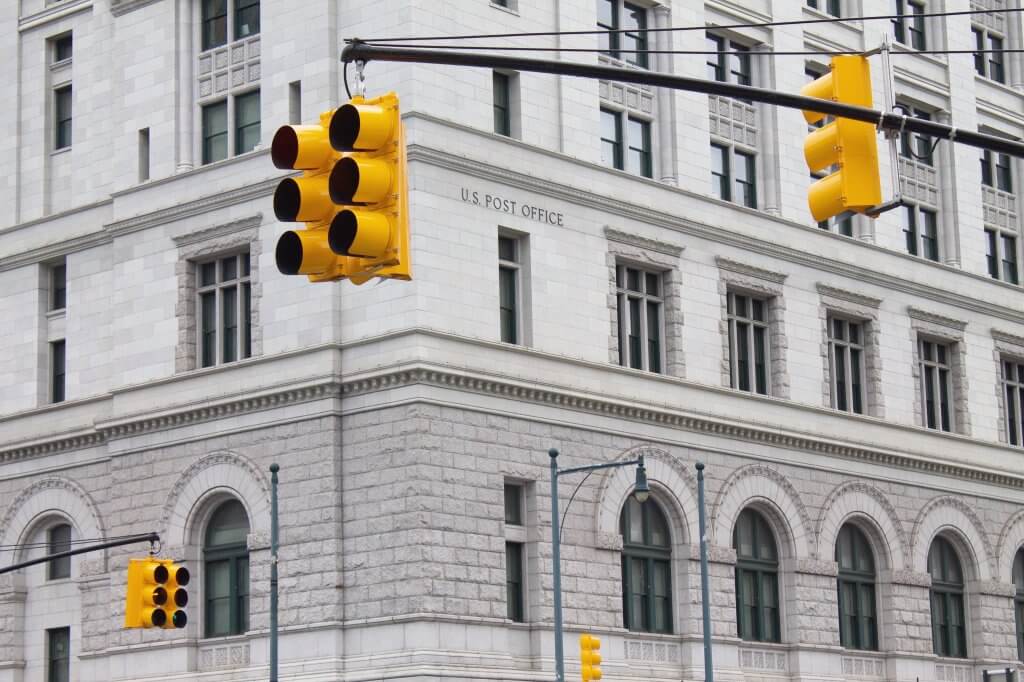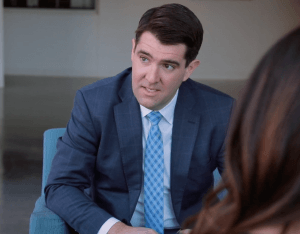
CARES Act Rules Regarding Retirement Plan Distributions
Retirement Plan ConsultingBy: Jude McDonough, CFP® AIF®
Apr 16, 2020
The CARES Act has loosened the rules regarding distributions from retirement accounts. Employers have the option to opt in or opt out of these provisions. If your company has not been negatively impacted by the coronavirus crisis, your employer may opt out and this would not pertain to you. If your employer opts in, then these rules apply to you. Before you decide to take a withdrawal, make sure you look at our post that provides insight on the consequences associated with taking advantage of these rules.
Eligibility requirements:
- You, your spouse or a dependent diagnosed with a coronavirus (COVID-19 or SARS-CoV-2) illness
- You have experienced “adverse financial consequences” as a result of a quarantine, furlough, lay-off, reduction in work hours, business closure, the lack of child care or other factors determined by the IRS due to the coronavirus emergency
The first provision permits in-service coronavirus-related distributions from your vested account balance without regard to the normal withdrawal restrictions through December 31, 2020. The requirements for these distributions are as follows:
- Exempt from the 10% early withdrawal penalty if you are under 59 ½
- While income taxes are still owned on distributions, taxpayers can spread out the payments over the next three years.
- Eligible to be indirectly rolled back into your employer sponsored plan or to an IRA within 3 years of the date the distribution is taken.
- Not subject to the mandatory 20% tax withholding
- Distributions limited to $100,000
The second provision pertains to loans. The two types of loan relief are:
- The loan amount available to you if you meet the eligibility requirements above would be increased to $100,000 (from $50,000) or 100% (from 50%) of your vested account balance
- Upon your request, your loan repayments due on any outstanding loans that are in good order can be suspended for a period of 12 months. The relief expires on December 31, 2020. The suspension period is to be added to the original loan term when repayments, including accrued interest, resume, regardless of the length of the loan’s original term.
That is a lot of information to digest. Let’s look at an example of each situation. We’ll start with an in-service distribution:
You meet the eligibility requirements and request a distribution from your account of $30,000. You can take the $30,000 and elect not to withhold income tax on it because you need everything you can get at this point. We’ll also assume that your effective tax rate is 20%. You have two options to address this withdrawal and we’ll explore each one:
Option A – Pay the taxes over three years
At an effective tax rate of 20%, your tax liability would be $2000 per year for the next three years. If you take 20% of $30,000, you get $6000. The $6000 divided by the 3 years equals the $2000 per year.
Option B – Indirectly roll the money into an IRA or back into your employer sponsored plan
You can find a way to come up with the $30,000 within the next 3 years and deposit it into your own IRA or back into your company retirement account. This is called an indirect rollover. If you successfully execute on this plan, you will NOT owe any taxes.
Whether you choose option A or option B, this access is going to have some setbacks. You either have to come up with $2,000 a year for the next three years to pay the taxes or you have to come up with $30,000 to avoid the taxes. If you are already experiencing financial difficulties, this temporary relief may cause you more issues down the road. My recommendation would be that if you really need the money and have no other resources, withhold the taxes now so you don’t experience more hardship over the next three years trying to pay the taxes.
The loan example can be a bit more complicated so we’ll spare all of the numbers and just explain it as simply as possible. If your loan was projected to be paid off in May of 2022 and you need to suspend payments for the next 12 months, then your loan will not be paid off until at least May of 2023. Your interest still accrues for the 12-month period so your payment may go up or your payoff date may be extended an additional month or two.
As mentioned earlier, please refer back to our post on the consequences before you make any decisions. Finally, I can’t stress enough that just because you can access the money doesn’t mean you should.


